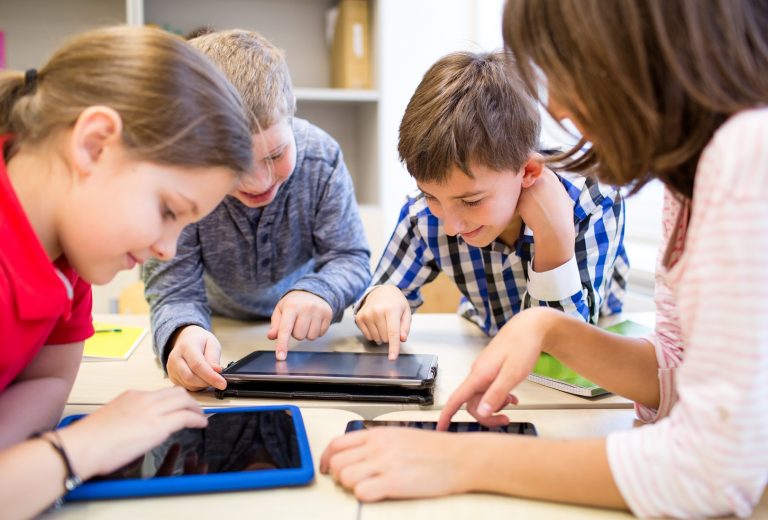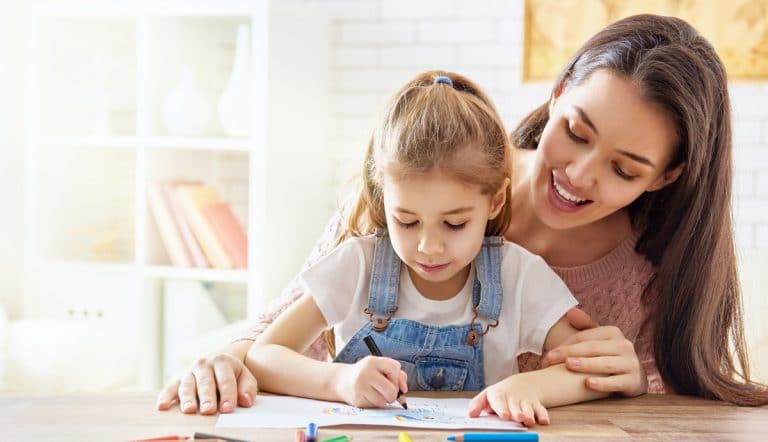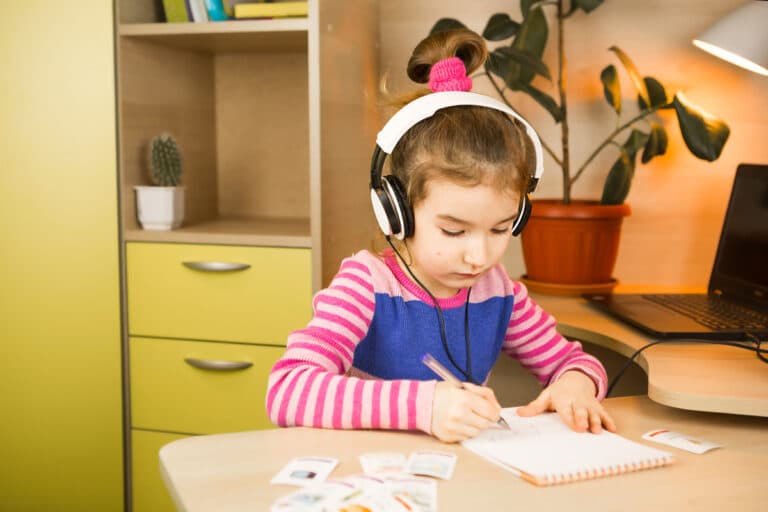The coronavirus has put everyone around the world in the captivity of their homes. To reduce the virus’s spread, social distancing is strictly implemented in all the countries and all crowded locations like schools, universities, parks, etc. have been closed.
Based on the study done by the World Economic Forum around 1.2 billion children out of the classrooms. This has made life tough for students and teachers as all the classes have been shifted in the digital domain. Teaching in an online learning setup isn’t easy as it has challenges related to communication and connection. Teachers have to find ways to connect with students in the virtual world. There are a lot of simple ways to develop connections with students, even in a virtual learning setup. Let’s understand some tips which will help you build connections with students online.
In This Article
Virtual morning meeting
Routine is important to keep the mind sane and build connections. When schools were open, students used to follow a set routine. You can create a virtual morning meeting to bring back the routine structure. Create a check-in-circle where you and students meet informally and discuss any topic which they want to. This social-emotional connection will help you in building a good rapport with your students.
One-on-one connects
For students who are unable to attend a meeting at a specific time, you can record the meeting and share it through the email later. That way, students who don’t have access to a smart device all the time won’t feel left out. For students who are struggling in attending classes, you can connect with them personally over the phone or email and offer your support and clear their doubts. While giving feedback to students, try doing it on a one-on-one basis or through email to make it effective.
Virtual field trip
A lot of museums, cultural centers, and other public institutions are offering digital tours. You can incorporate these virtual field trips into one of your online class sessions. Adding such a fun activity will get students excited, and their involvement in online classes will increase. To supplement this activity, you can ask students to share their Virtual Reality experience in the class. An increase in student interaction and engagement will make your connection stronger with the students.
Virtual classroom connect
Apart from taking online sessions, create a separate connection portal for your students. You can create a discussion board, a virtual classroom hub, a website, a blog, etc. for students to interact and share their thoughts. These forums can be used to share details of the next session before the class. This gives ample time to students for doing some pre-work. These forums can also be used to do quick check-ins or spend informal time with students to improve connections.
Video and audio clips
To share weekly or daily announcements, you can record short video or audio clips and share them with the students. Use this connection channel to share formal as well as informal information with your students. Be it a birthday shout-out or a course update or additional study material, keep the communication connection active. For students, those who are unable to access high-speed internet like Spectrum Internet packages., try calling by phone instead. Rotate your phone calls so that you can connect with all the students.
Realistic expectations
In online classes, students feel lost or abandoned most of the time. Thus, you should have clear expectations with your syllabus. Students are less likely to panic if they know the course and assignment structure upfront. Forcing the students to complete the assignments within 24 hours isn’t the right approach either. Give them ample response time so that they feel comfortable in attending the classes.
Feedback
Giving constructive feedback is important to build relationships with students. Audio or video feedback has a more profound impact on students as compared to written feedback. Any delay in feedback can demotivate students. You should set up a one-on-one session with your student to share constructive feedback and to make a personal connection. The student feels valued and gets motivated to learn more. Their classroom interactions increase and your bond becomes stronger.
A lot of online tutoring services offer some of the best curricula for students’ learning. But, while choosing one, ensure that enough emphasis is made on building connections rather than completing the curriculum.










